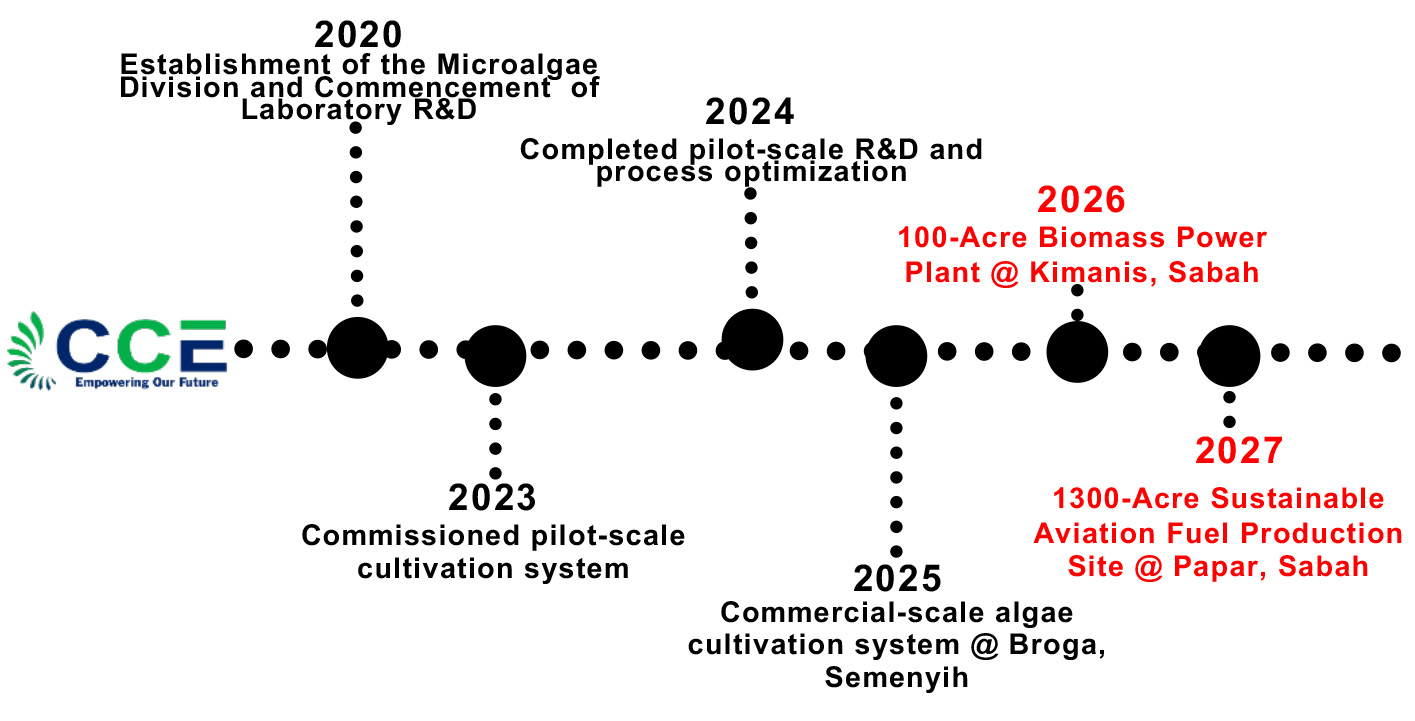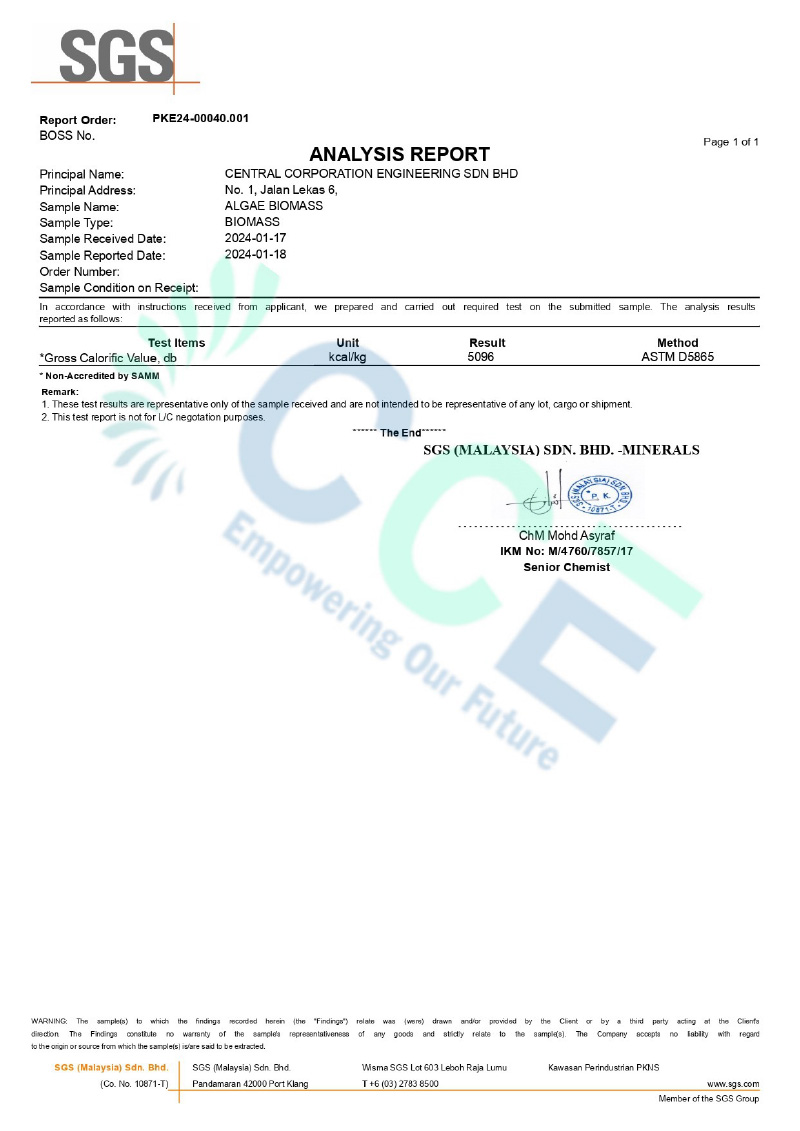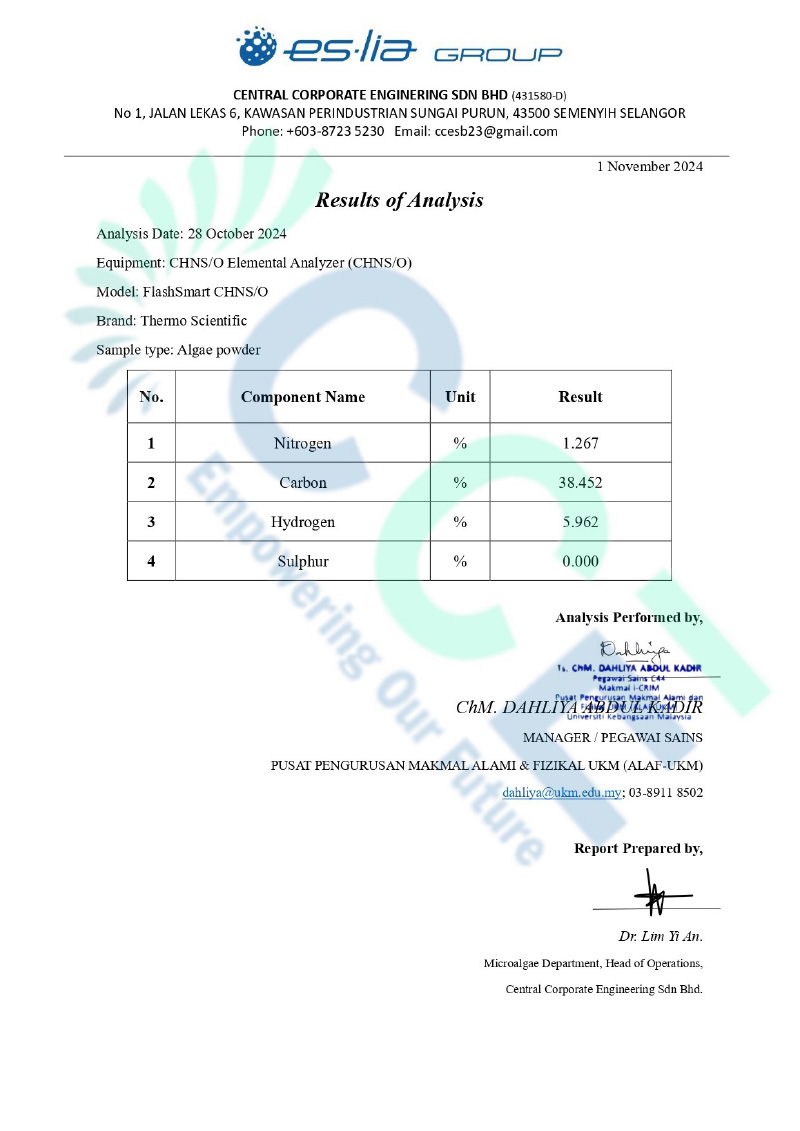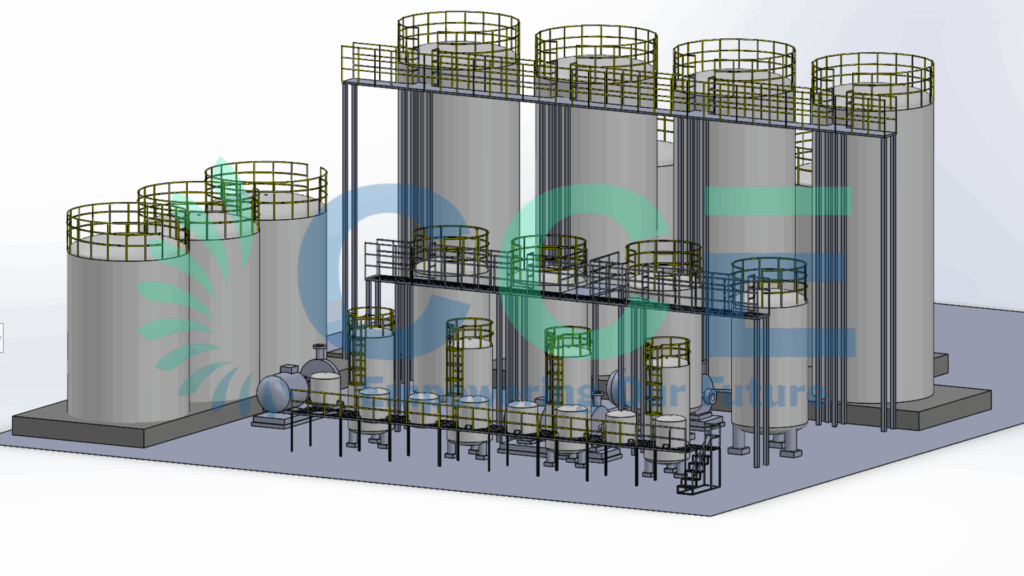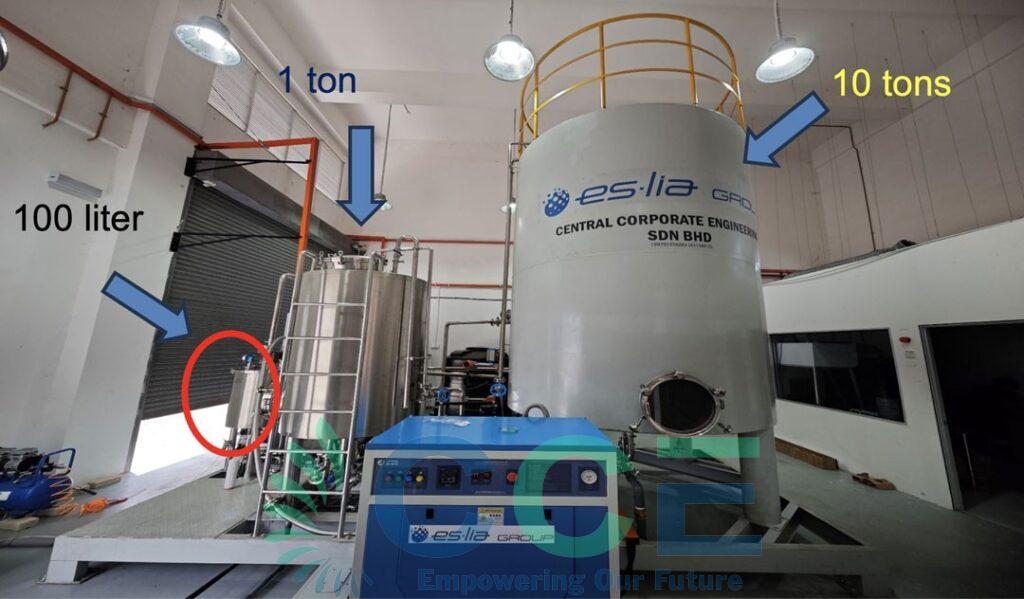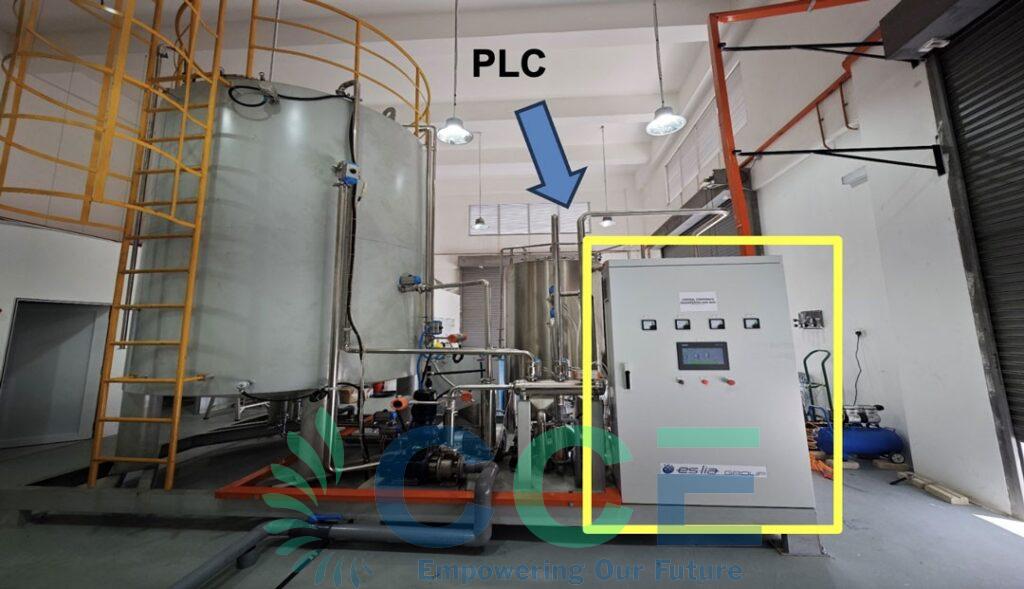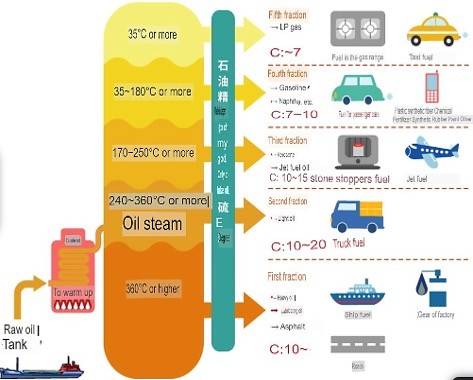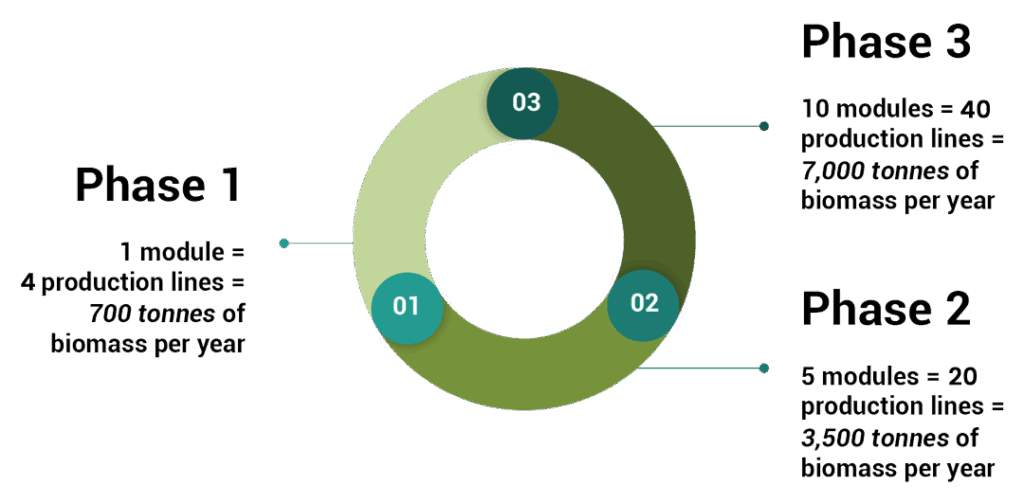Our Technology
Value added Bio-products From Microalgae
Taken at 1000x magnification
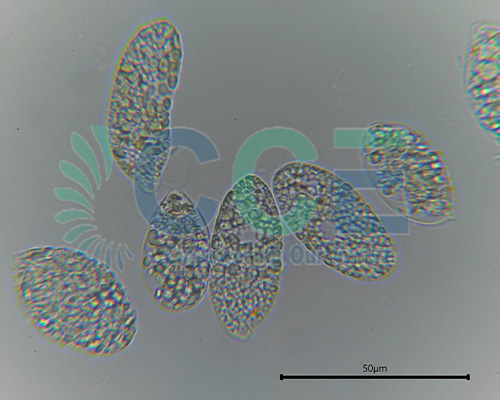
Nature’s Hybrid: One Cell, Two Survival Strategies
This single-celled microalga thrives without sunlight, adapting seamlessly between photosynthesis and nutrient absorption. Using our proprietary technology, it is cultivated entirely in the dark, enabling faster growth, higher yields, and consistent production. Powered by nutrients derived from waste, it naturally generates high concentrations of carbohydrates, proteins and lipids with energy density that outperforms traditional feedstocks. This makes it a powerful platform for sustainable breakthroughs in energy, nutrition and environmental solutions.
Our Products
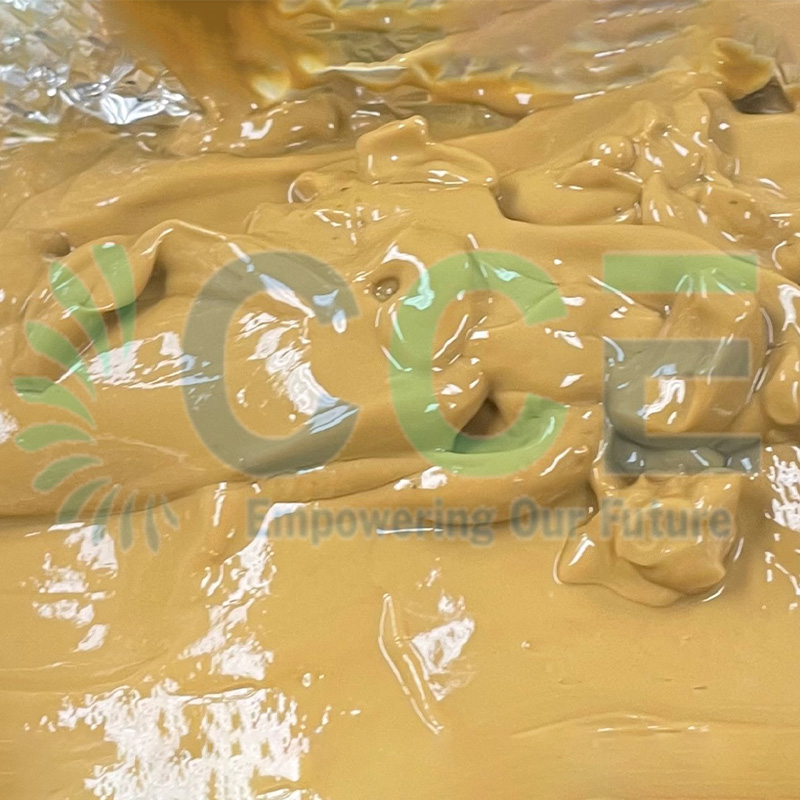
Algae Wax
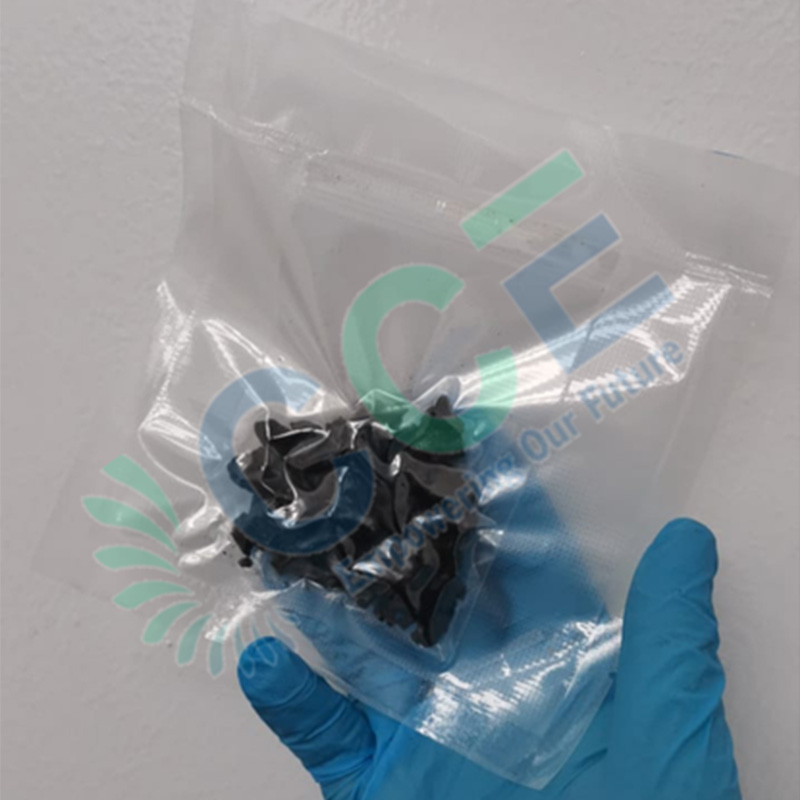
Algae Cake

Algae Powder
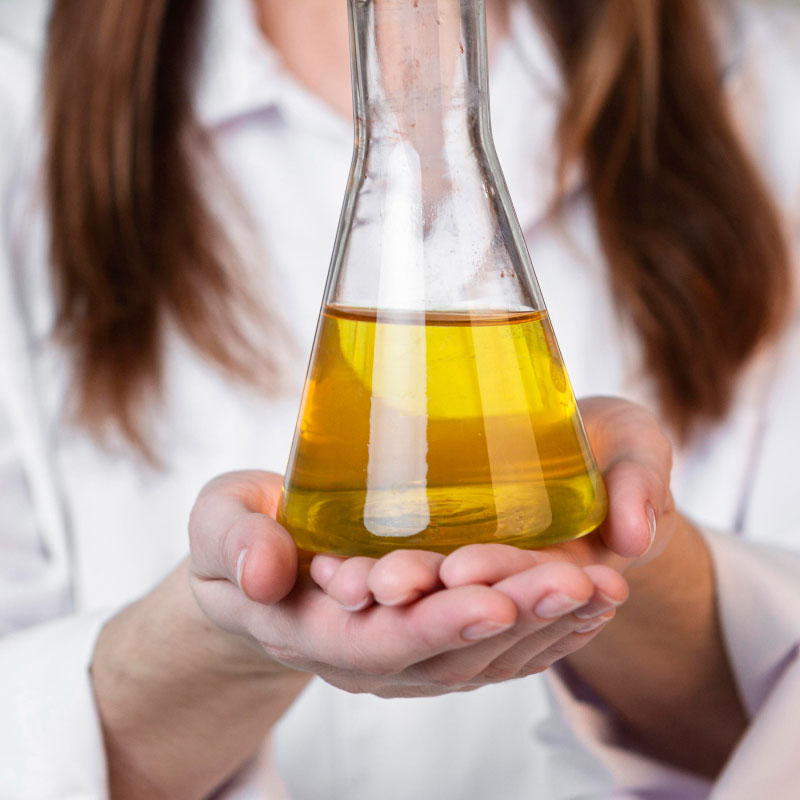
Microalgae Oil
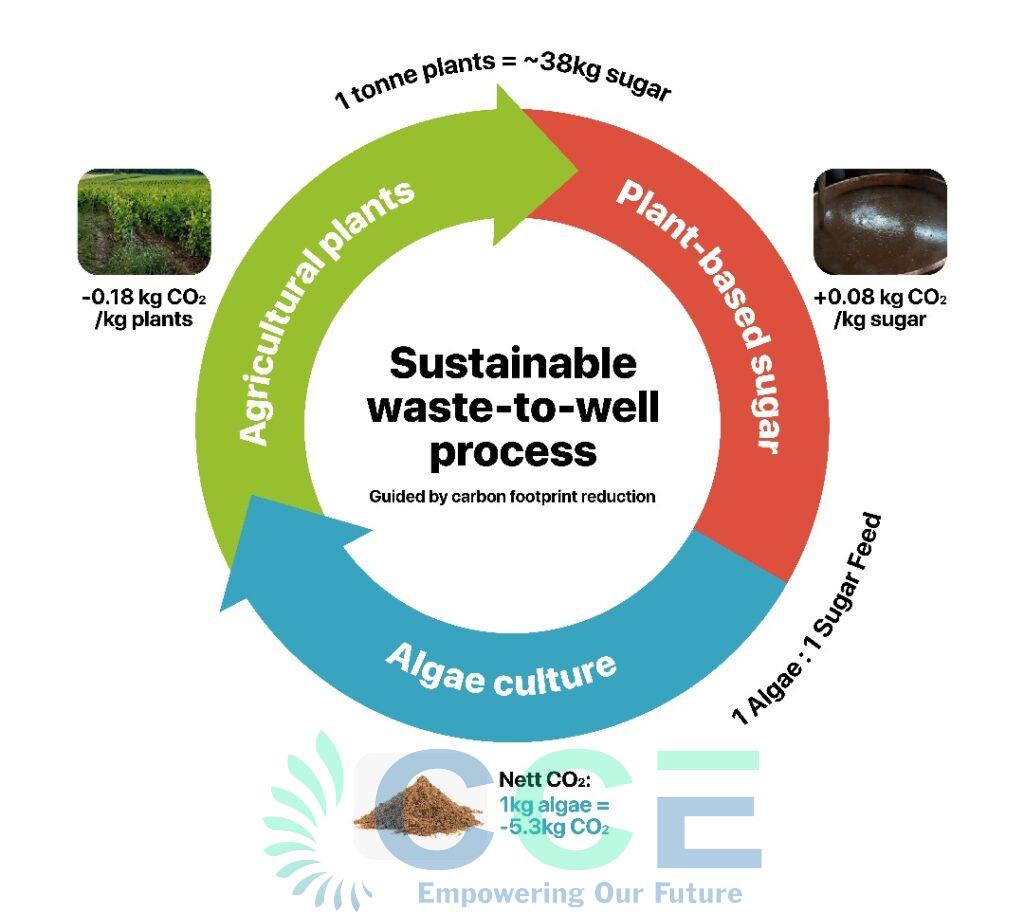
Waste to Well
Carbon neutrality entails balancing the total amount of carbon dioxide or greenhouse gas emissions generated directly or indirectly by a country, company, product, activity, or individual over a given period. This balance is achieved by undertaking activities such as tree planting, afforestation, energy conservation, and emission reduction measures to offset the emissions produced, resulting in a relative "zero emissions" state.
Biofuels emit carbon dioxide during the combustion process, but the plants used as cultivation feedstock absorb an equivalent amount of carbon dioxide during their growth process (photosynthesis). Therefore, they do not increase the emissions of carbon dioxide.
Biomass provides a promising alternative to coal, meeting energy needs while addressing environmental concerns.
Our researchers have developed a biomass derived from microalgae.
How Microalgae Biomass Can Replace Coal
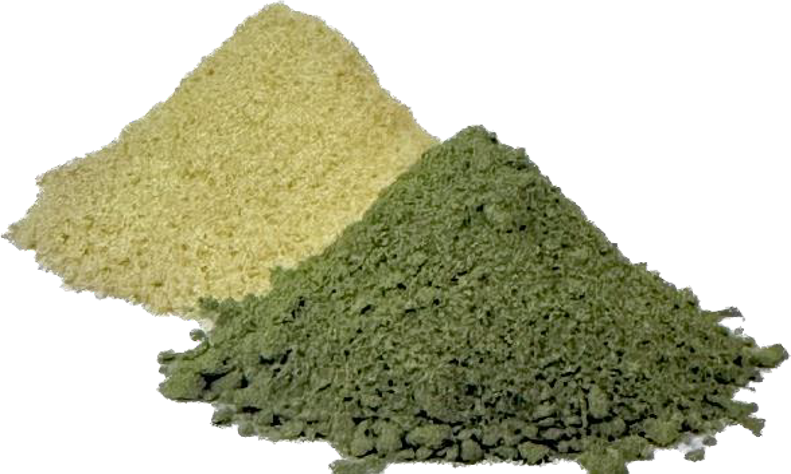
Carbon Neutrality Characteristics
Biomass combustion is considered carbon-neutral because the carbon dioxide emitted during the combustion process is offset by the carbon absorbed by plants (nutrients used during cultivation). Transforming old coal power plants into facilities that use microalgae biomass is an effective method for transitioning from coal to biomass.
Traditional Cultivation System vs. CCESB Innovative System
CCESB
Conventional


Heterotrophic
(Animal fed like)
Autotrophic
(Photosynthesis)
Shorter growth cycle
(Less than 7 days)
Longer growth cycle
(More than 30 days)
Sunlight or light -free
(Grow in dark)
Essential for exposure to
sunlight or artificial light sources
Weatherproof &
environmentally resistant
(Closed system)
Susceptibility to weather and
environmental conditions
(Open system)
Minimal land use with high
productivity
Extensive land use with low
productivity
Flexible scalability
(Modular)
Limited scalability
(Maximized light exposure design)
Overview of CCESB’s Development Journey
